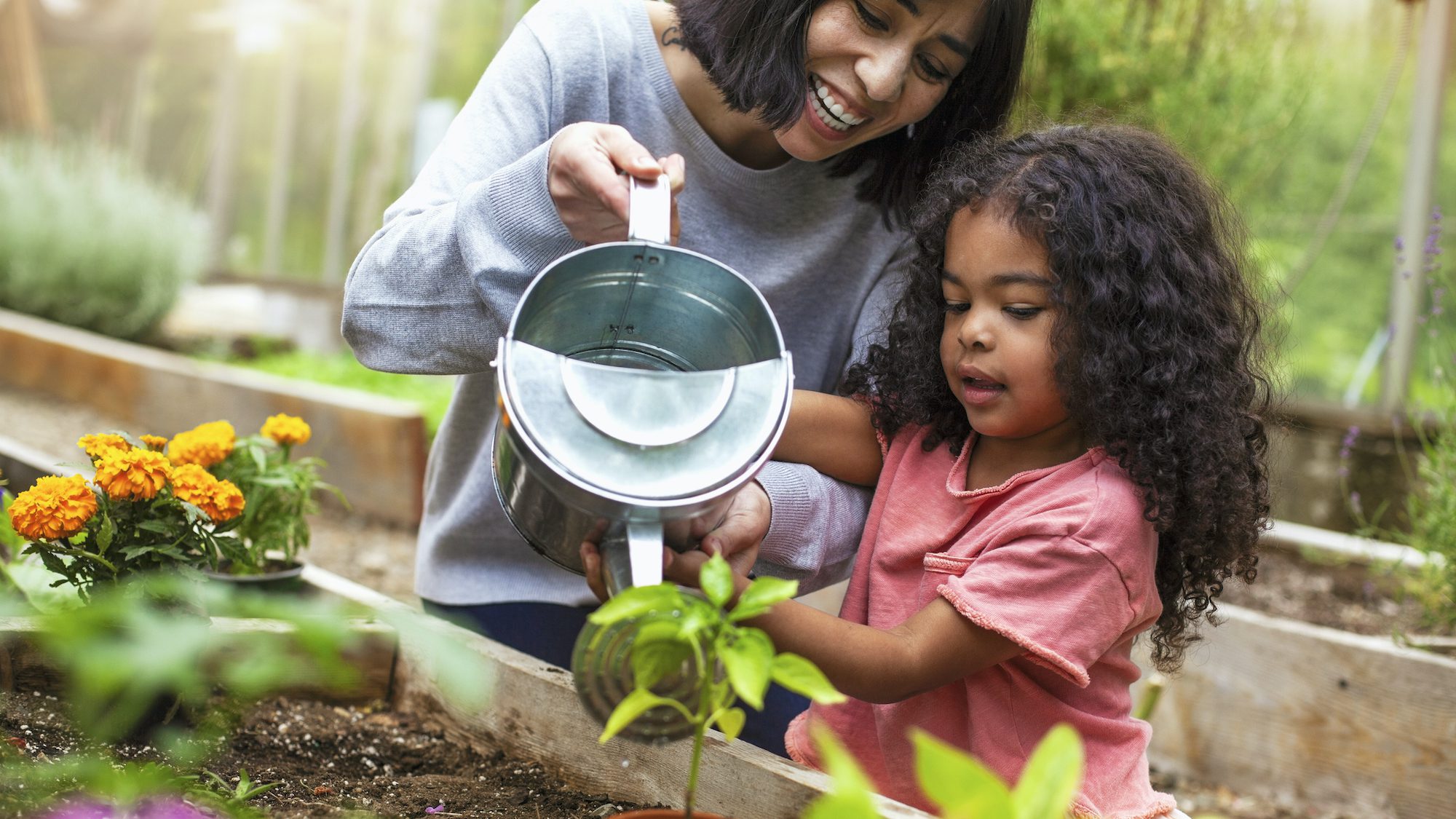
Getty Images
When the COVID-19 pandemic first forced us to shelter in place, many homeowners reacted by taking up trowels and digging in the dirt. By planting victory gardens, folks tried to beautify their backyards and skip those long lines at the grocery store by raising their own crops of lettuce, tomatoes, and strawberries.
Alas, not every newbie gardener found success in these endeavors. Mixed with the joy of seeing those first green shoots poke up, or fruits budding on the vine, there was also frustration and bewilderment at crops that just didn’t take off.
But veteran gardeners know to learn from past mistakes as you plan your future garden. So in order to improve your chances for this year’s garden, take heed of the valuable lessons some folks learned after planting their first fruits and vegetables last year.
1. Don’t let tomatoes take over
Photo by Steve Masley Consulting and Design
Who knew you’re supposed to prune cherry tomatoes before they get too big? Not Liz Rossetti of Hamilton, MA.
“By not pinching them back as they grew, this vinelike plant went crazy and just took over the whole raised bed,” she explains. She was thrilled to have a bumper crop of tomatoes to harvest, but this could put neighboring plants in jeopardy.
“Homeowners also don’t check the size of the plants they’re putting in—and if a garden is oversown, many of the plants will eventually perish as they’re choked out,” says Emma Lam, master gardener and lead designer at A Small Green Space.
2. Don’t forget to feed the soil
Photo by Falon Land Studio LLC –
Kate Stober recently relocated to Tempe, AZ, and tried gardening there in February 2020. It’s definitely been a learning curve, she reports: “The seasons are topsy-turvy, the soil is terrible, and the sun kills everything.”
Despite these challenges, she was able to make a lot of things grow, especially when she realized she should boost her soil’s health with worm castings, a type of organic fertilizer.
Susan Brandt, expert soil tiller at Blooming Secrets, agrees with this savvy move: “One of the bigger mistakes people tend to make is not preparing their soil properly or enough—compost is another good fix here.”
Of course, to prepare your soil properly, you need to know what it’s like and what it’s lacking. You can get a soil test kit from any home improvement or gardening store. The results will tell you what you need to add to your soil to help your plants flourish.
3. Watch how you water
Photo by Story Design and Construction, Inc.
“Overwatering, underwatering, and not providing enough drainage for water to seep out of containers and pots are very common errors that new gardeners make,” says Brandt.
It seems that watering confounds everyone.
“As a professional landscape designer, I have never seen an in-ground garden die from overwatering, but have seen many die from too little water, which is why I highly recommend automatic irrigation systems,” says Lam.
The upshot: It makes gardening a lot easier—and more enjoyable.
Kristy Esparza of San Jose, CA, learned this lesson early on.
“Now that it’s spring again and we’re on to Round 2 of our backyard garden, we’ve purchased self-watering containers, which help a ton because I still struggle to understand exactly how much water each plant needs,” she says.
4. Don’t plant too early
Photo by KL Designs Residential Landscape Planning LLC
Check the weather forecast, people!
Sabrina Beaumont of Raleigh, NC, lost nearly all of her new plants and had to start over when a night of serious chills hit her area.
“I learned you have to be aware of frost dates, so I downloaded an app, which can help warn me when it’s going to happen the next time,” she says.
“You’d think that once spring arrives that you can plant, but putting in heat-loving flowers too soon could mean their death,” notes Brandt. The same goes for soil that’s too cool. (Seedlings sown too soon may not grow, or their roots could rot.)
5. Put down weed barriers
Photo by Lankford Associates Landscape Architects
Greg Halter wasn’t a fan of all the weeds that took root in his garden.
“Weeds consumed some of our tomato plants and killed off our pepper plants, so this year I’m putting in the effort and installing proper weed control barriers,” says the Benton, KY, resident.
While landscape fabric from the home store is often a go-to, our experts point out that there are loads of DIY options for keeping weeds at bay, including gravel, newspaper, cardboard, straw, mulch, and burlap.
6. Don’t wait too long to stake stalks
Photo by Pamela Crawford & Associates
Christi Kelly of Columbia, MO, knew she had to support her pepper plants when they got tall—but the season slipped away from her.
“They started growing fast midsummer and by the time I got stakes in the pots, the stems were stressed and bent over,” she relates. Kelly was able to rig them up with fabric ties, but the damage was done and the plants didn’t thrive.
Brandt chalks this one up to a case of biting off more than you can chew.
“Trying to do too many things in the garden all at once can leave you feeling overwhelmed,” she shares.
Your best bet: Plant what you have the space, time, and energy reserves for—and then expand from there.
The post 6 Lessons First-Time Gardeners Learned During the Pandemic appeared first on Real Estate News & Insights | realtor.com®.
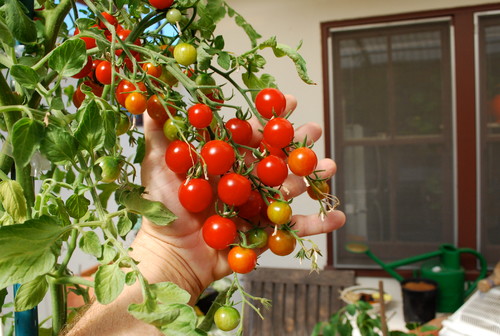

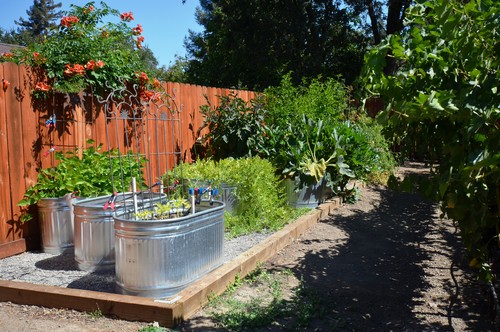
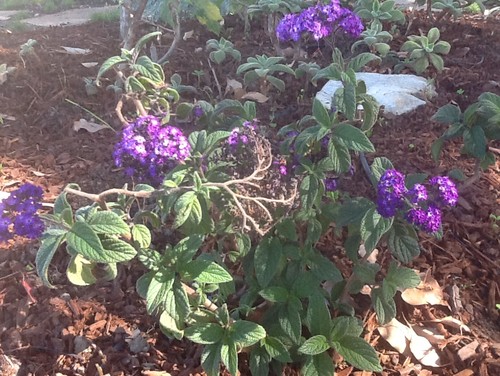
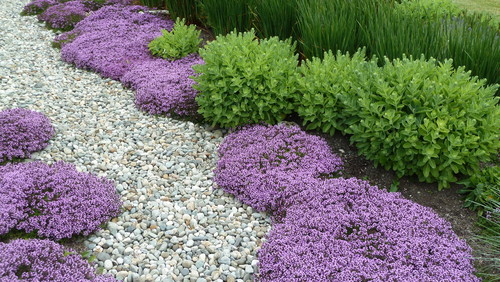
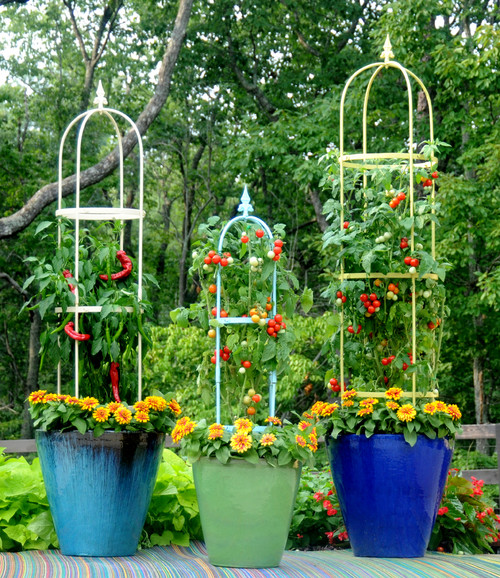
No comments:
Post a Comment